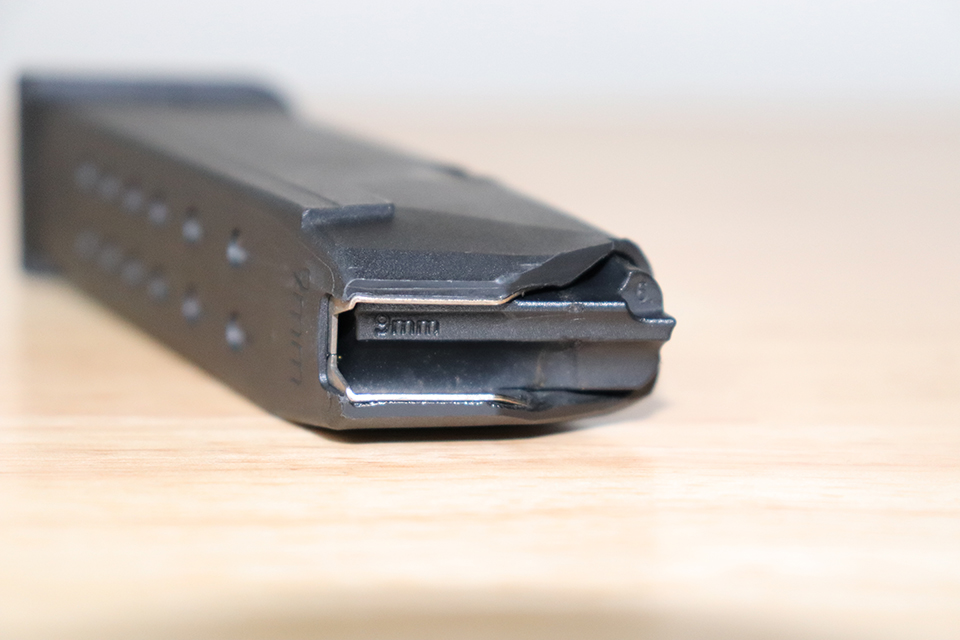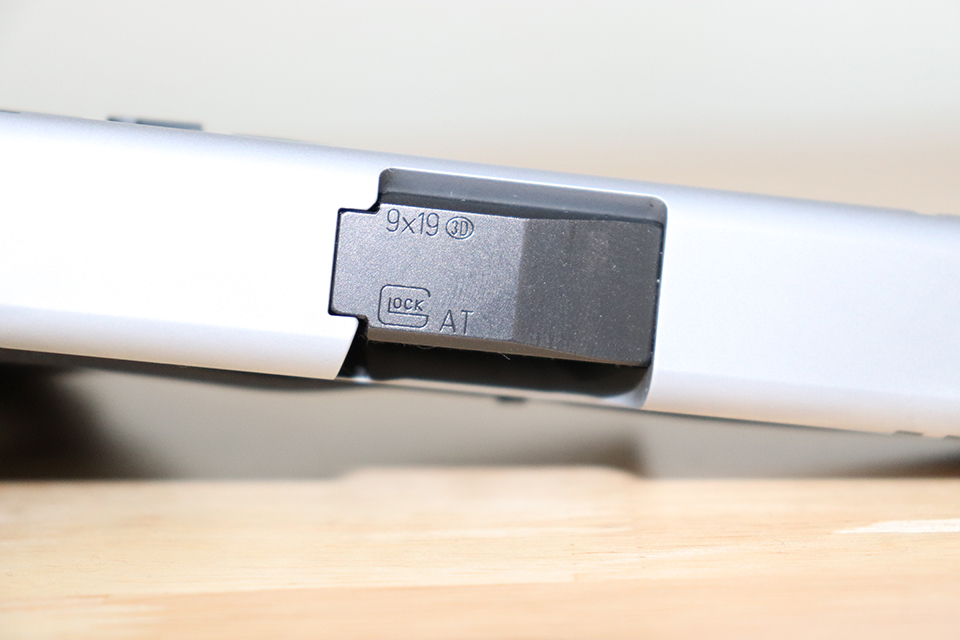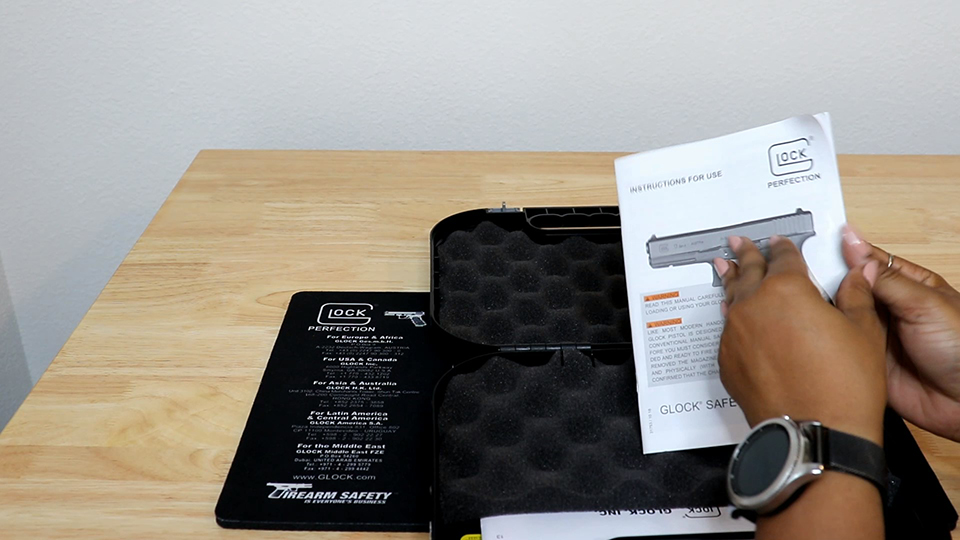Women’s Outdoor News and Avery Skipalis bring you a video about purchasing pistol ammunition. It’s important to know the caliber, type and approximate price of the ammunition before making a purchase. This will ensure you get the right ammunition without overpaying. In the 4th video of our series we discussed common types of pistol ammunition, and described characteristics for 2 of the most common forms. Now we’re moving on to how to purchase ammunition.
Sponsored by GLOCK
The first step in purchasing ammunition is determining what caliber your firearm is chambered in. There are a couple different methods to determine this information. On most pistols, it is stamped on the barrel or on the magazine follower. If it’s not located there, you can always refer to your owner’s manual. Sometimes it is also listed on the original case or box your firearm came in.


Next, you will need to determine the primary use for the ammunition you are purchasing. The 2 main purposes are target and defensive ammunition. If you are purchasing both at the same time, you can match the grain or weight of the projectile for both types. This will produce a similarly-felt recoil in both the target and defensive ammunition. Some modern defensive (or personal defense) rounds are loaded with a hotter charge to produce greater muzzle velocity. These rounds are designated with a +P or +P+. Check your owner’s manual to ensure your pistol is rated for this ammunition before using it. Using it when you shouldn’t might damage your gun.

Now that you know what you need, you can begin to shop around and price ammunition. Ammunition search engines, such as AMMOSEEK, are great resources to find in-stock ammunition at the lowest price. They scour the internet, which saves you time and effort. You should also consider shipping cost when comparing online prices to your local stores.
Buying ammunition in bulk is a great way to save money in the long run. Often, loose pack ammunition is the cheapest due to the limited packaging. This cuts on manufacturing costs and saves the consumer money. I recommend storing this loose ammunition in labeled ammo cans or extra heavy duty Ziploc bags. This will keep the moisture away from your ammunition.
No matter where you purchase your ammunition, it’s always good to keep a little extra on hand. This will prepare you for times of inflated prices and limited availability.
Avery Skipalis is the owner of Skip’s Tactical Solutions, an organization that focuses on empowering women, men and children to make sure that no one else becomes a victim. She gained her firearms experience from the military where she’s been a military firearms instructor for 10.5 years. She’s also a certified NRA rifle and pistol instructor and Glock Advanced Armorer since 2015. She’s attended Sig Sauer Academy, FNH, Special Operations Command Armorers courses as well as multiple Advanced Shooting Schools across the United States. She resides in Florida with her husband and 2 kids. She’s currently serving in the United States Air Force and loves sharing her passion with others. She thinks it’s important that women also feel like they’re in control of their own safety. View all posts by Avery Skipalis